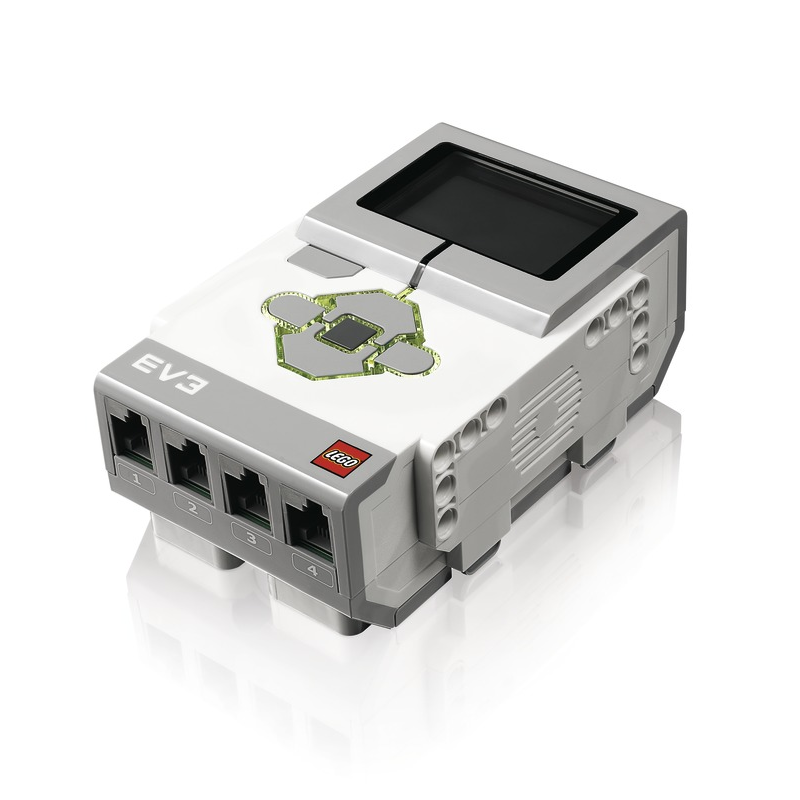
LEGO Education was created with one goal in mind – to reimagine the way we learn. So, let’s dive deep into the world of LEGO Education and take learning robotics in schools to the next level! What is the goal of LEGO Education? They can benefit from a wide range of LEGO Education kits that are easy to integrate into a school learning plan. LEGO Education is all about making teachers’ and students’ learning experiences easier and enjoyable. Having worked alongside teachers and educators for over 40 years, LEGO Education designed products that bring students’ creative ideas to life and make learning coding and robotics playful and exciting. Besides the fact that it is undeniably exciting, putting LEGO elements together into creative projects strongly impacts the brain’s development and helps children acquire valuable skills for their future careers. You may not have heard of LEGO Education before, even if you’re familiar with LEGO bricks and mini-figures and you’ve had the chance to build something with them at least once. They offer exciting STEAM learning solutions for children of various ages, primary and secondary school students, and supplementary support for after-class activities and competitions.

LEGO Education is a separate education-focused brand that offers a wide range of kits consisting of LEGO elements and intelligent hardware used in classrooms to introduce children to robotics and coding. Also, we’ve covered how building creative robots using LEGO ® elements can easily introduce children to STEAM learning (Science, Technology, Engineering, Art, Math). We’ve put together an ultimate guide to LEGO Education and shared how teachers and students can benefit from it. This blog will help you discover the amazing and colourful world of LEGO® Education, including everything you need to know about LEGO Education products. Find out more about LEGO Educators and the LEGO Learning System.How do I get started with LEGO Education products?.What projects can I do with LEGO Education Products?.What are the benefits and skills learnt using LEGO Education sets in classes?.What is LEGO Education and why should you choose LEGO Education?.The outcomes of the specialization project presentations and oral exams, and a student evaluation of the course, demonstrated that the ETHZ haptic paddle is a valuable tool that allows students to quite literally grasp abstract principles such as mechanical impedance, passivity and human factors, and helps students create a tangible link between theory and practice in the highly interdisciplinary field of pHRI. The learning objectives were developed in the context of an accompanying faculty development program at ETH Zurich a set of interactive sequences and the oral exam were explicitly aligned to these learning objectives.

For these projects students received additional hardware, including force sensors, electro-optical encoders or high-performance data acquisition cards. In pairs, students worked through three common sets of experiments before embarking on a specialization project that investigated one of several advanced topics such as impedance control with force feedback, admittance control, the effect of velocity estimation on stability or electromyographic control. Twenty students engaged in this two-hour weekly lecture over the 14 weeks of the autumn 2011 semester, complemented by a weekly two-hour laboratory session with the ETHZ haptic paddle. The ETHZ haptic paddle was developed for a new pHRI course offered in the undergraduate Mechatronics Focus track of the Mechanical Engineering curriculum at ETH Zurich, Switzerland. Haptic paddles - low-cost one-degree-of-freedom force feedback devices - have been used with great success at several universities throughout the United States to teach the basic concepts of dynamic systems and physical human-robot interaction (pHRI) to students.


 0 kommentar(er)
0 kommentar(er)
